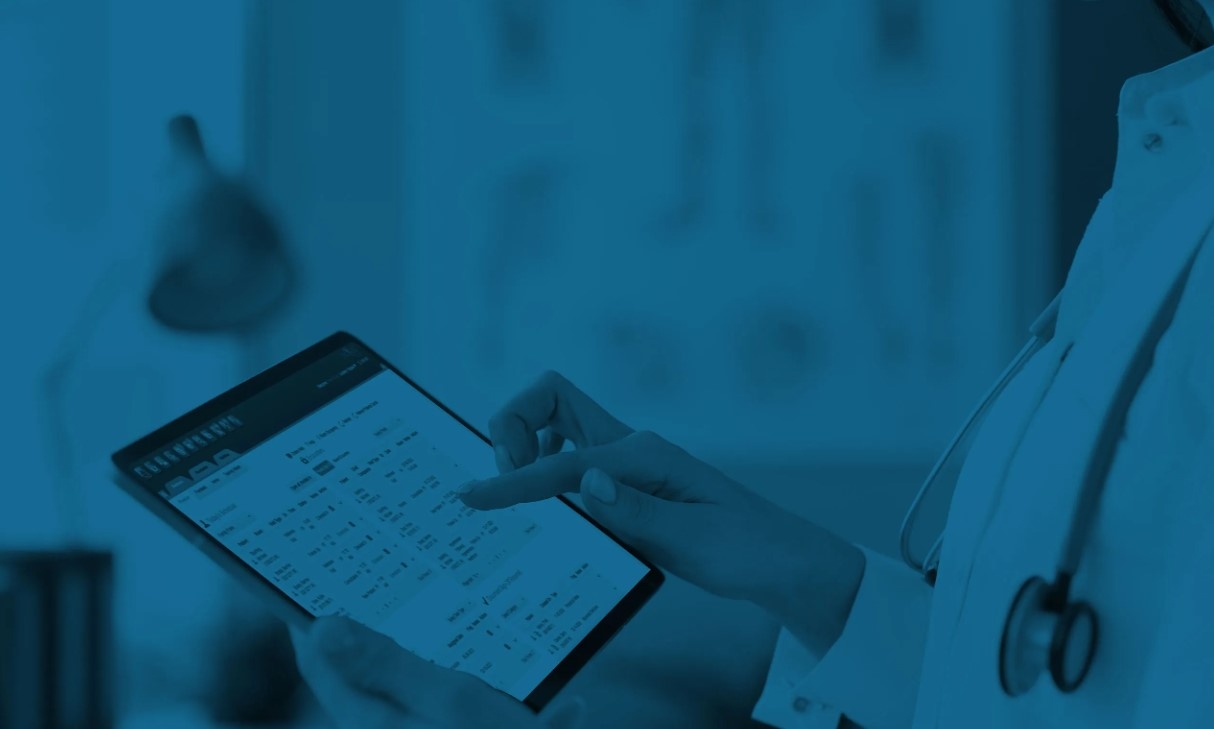Streamlining Medical Practices: How EHR Functions Are Saving Time for Staff

In today's fast-paced world, healthcare providers are constantly struggling to keep up with the ever-rising volume of patients. This struggle is leading to a waste of valuable time and resources. However, the introduction of Electronic Health Records (EHR) has revolutionized the industry by streamlining the medical practice and saving time for staff. This article aims to provide knowledge on how EHR functions are saving time for clinic staff.
Better Time Management:
Previously, medical practices would have to shuffle through stacks of paperwork, making it time-consuming and prone to errors. It would often lead to miscommunication or lost documents, causing a further delay in the workflow. EHR has changed this. By providing digital access to medical records, EHR eliminates the need for manual paperwork, thus saving valuable time for the staff. EHR systems have also made it easier to track patient appointments, reduce wait times, and manage medical billing.
Increased Efficiency:
EHR software enables physicians and nurses access to the patient's history, medication details, and lab reports, saving time in recording data. EHR software also ensures accuracy by creating reminders and alerts for test results, medication dose changes, and check-up schedules. These reminders contribute to the efficiency of the workplace as they can increase the overall productivity of the staff and reduce the need for manual monitoring.
Data Security and Accessibility:
The process of managing paper documents is prone to loss, damage, and errors. EHR software provides a secure platform to store, access and share patient data among staff securely. The Electronic Health Records system ensures that authorized staff members can access patient records with advanced identification requirements, thus restricting the risk of sensitive information falling into the wrong hands.
Patient Engagement:
Clinics can use EHR software to connect with patients, offering them personalized portals to access their health records. Patients can also schedule appointments, request prescription refills, and give feedback. These portals help gather vital patient information such as demographics, medical history, and concerns, saving time and enabling physicians to view all the information they need to make informed diagnoses and treatment plans.
Cost-Effective:
EHR systems can be costly to set up, but in the long run, they are cost-effective in reducing expenses like paper, printing, and storage. EHR software also enables the staff to reduce human errors in billing and coding, saving resources.
Key EHR Functions and their benefits:
- Use of Templates: EHR software provides templates that allow physicians to quickly fill out patient records. These templates often include standard questions, reducing the need for doctors to create new records from scratch.
- Patient Portal: The portal not only improves engagement but also empowers patients by providing them access to their health records, lab results, medication lists, and the ability to schedule appointments.
- Reporting: EHR systems can generate reports that assist healthcare providers in making informed decisions. They enable the identification of health trends, risks, and outcomes across a patient population, which can guide public health initiatives and policies.
- Electronic Prescriptions: EHRs can directly send prescriptions to pharmacies, reducing medication errors and improving prescription management.
- Interoperability: This crucial function allows EHR systems to work together within and across organizational boundaries, ensuring the coordinated care of patients.
- Integrated billing: EHRs can integrate billing and coding systems, making the process more efficient while reducing errors.
- Integrated Lab: Integration with the lab system allows for the direct transfer of lab results into a patient's record, eliminating the need for manual entry and reducing errors.
- Integrated eFax: EHR systems can integrate with eFax, allowing for the quick and secure exchange of patient information with other healthcare providers.
- Decision Support: EHRs provide decision support tools such as alerts and reminders to help physicians make timely and accurate decisions.
- Mobile Access: Many EHR software now offer mobile applications, allowing physicians to access patient records from their smartphones
Conclusion:
As discussed in the article, Electronic Health Record (EHR) software has revolutionized the healthcare industry in many ways, particularly by streamlining medical practices and saving time for staff. From better time management, increasing efficiency, ensuring data security and accessibility, improving patient engagement, to saving costs, EHR software has improved the productivity of healthcare providers. Implementing EHR software can seem intimidating, but the long-term benefits far outweigh the initial investment. As technology continues to evolve, healthcare providers must embrace and adopt tech solutions that benefit both the clinic and the patients.
- Industry
- Art
- Causes
- Crafts
- Dance
- Drinks
- Film
- Fitness
- Food
- Games
- Gardening
- Health
- Home
- Literature
- Music
- Networking
- Other
- Party
- Religion
- Shopping
- Sports
- Theater
- Wellness
- News


